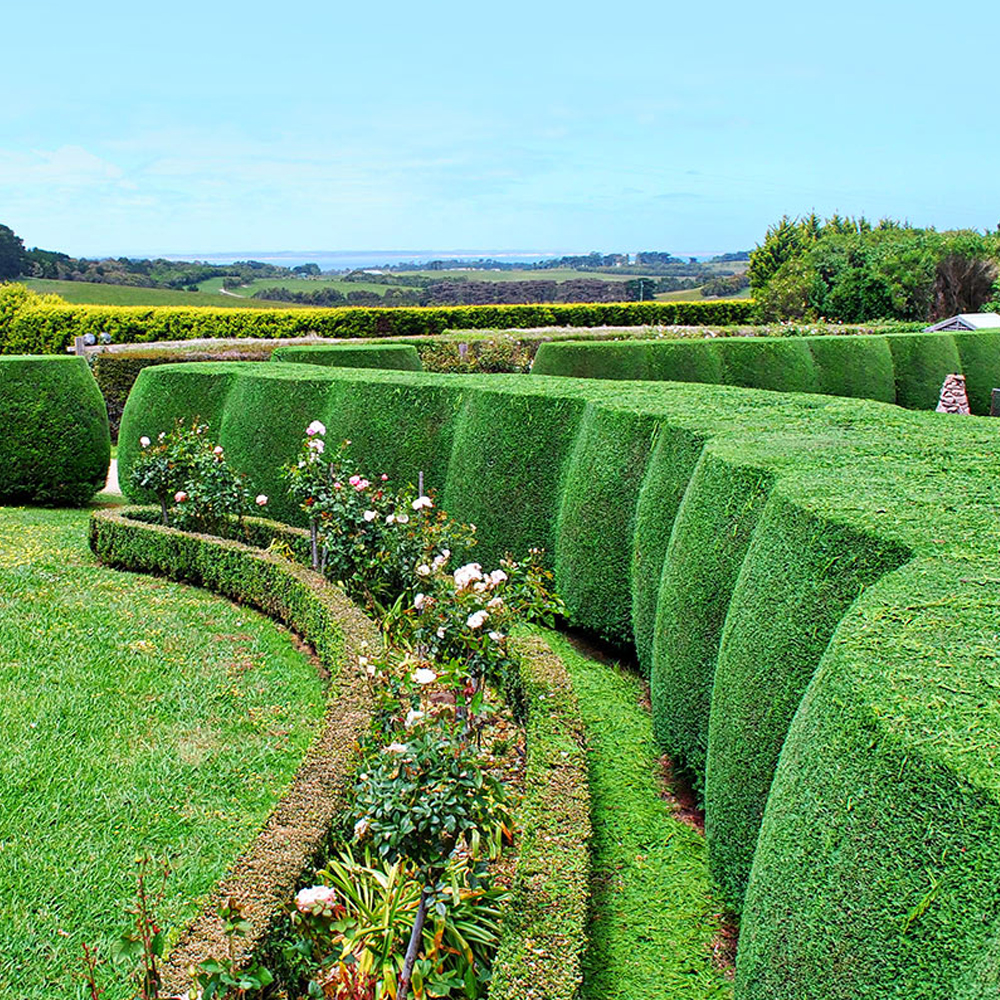Your basket is currently empty!
Introduction
Picture this: a lush, green hedge standing tall and proud, guarding your home like a natural fortress while also elevating its aesthetic appeal. Achieving this dream may seem daunting, but it’s entirely possible with the right information and techniques. This comprehensive guide walks you through the entire process, from plant selection to fertilization, and even reveals some pro tips to help you cultivate a hedge that will be the envy of the neighborhood. Let’s dive right in and equip you with the knowledge you need.
Table of Contents
- Choosing the Right Plants
- Mastering Soil Preparation
- Planting Like a Pro
- Feeding Your Hedge
- Expert Pruning Techniques
- Troubleshooting Common Issues
- Concluding Insights
1. Choosing the Right Plants: The Foundation of Your Hedge

First things first, the choice of plants sets the stage for your hedge’s future. Your selection depends on various factors such as climate, purpose, and the level of maintenance you’re willing to invest.
Options to Consider
- Boxwood: Ideal for formal gardens and easy to shape.
- Yew: Highly adaptable and excellent for taller hedges.
- Privet: Grows quickly and offers dense foliage.
- Hawthorn: A native choice with spring blossoms.
Once you’ve picked the perfect plant, the next step is to procure healthy, disease-free specimens from reputable nurseries.
2. Mastering Soil Preparation: The Bedrock of Success

UKGROW Liquid Bacteria – Probiotic Soil and Coco Enhancer for Optimal Plant Health
Introducing UKGROW Liquid Bacteria, a game-changing soil and coco enhancer that boosts the microbial life in your growing medium. This probiotic marvel offers the best value in the UK hydroponics market, enhancing nutrient absorption and fostering overall plant health.
You wouldn’t build a house on a shaky foundation; likewise, don’t underestimate the importance of soil preparation.
Soil Testing and Amendments
Perform a soil test to ascertain pH levels and nutrient content. You can purchase soil testing kits or contact your local agricultural office. Based on the test results, amend the soil with the appropriate compost, lime, or sulfur.
3. Planting Like a Pro: Establishing a Robust Hedge
The planting phase sets the trajectory for your hedge’s growth. Here are steps and techniques that experts swear by.
Best Time to Plant
Opt for either spring or autumn for planting, as these seasons offer moderate temperatures and rainfall, facilitating root establishment.
Planting Technique

Dig a trench that is twice the width and the same depth as the root ball. Place the plants at equal intervals, ensuring that the root collar sits at ground level. Fill the trench with soil and water generously.
4. Feeding Your Hedge: The Secret to Luxurious Growth

Feeding your hedge correctly can make or break its health and appearance. For optimal results, I recommend UKGrow Hedge Feed. This nutrient solution provides all the essential minerals and vitamins your hedge needs to flourish.
Application Guidelines
Follow the product instructions diligently for a lush, full-bodied hedge. Moreover, you can also conveniently purchase it from Amazon or UKGrow Nutrients.
5. Expert Pruning Techniques: Shaping Your Hedge to Perfection
The art of pruning transcends mere cutting; it’s about understanding the plant’s growth pattern and enhancing its natural beauty.

The Right Time to Prune
In general, late winter or early spring serves as the best time for the first significant prune, especially for deciduous hedges. Evergreens, on the other hand, benefit from late summer pruning.
Tools of the Trade
Invest in high-quality shears and secateurs for a clean cut, which minimizes damage and accelerates healing.
6. Troubleshooting Common Issues: Navigating Challenges
Despite your best efforts, problems may arise. Whether it’s pests, diseases, or nutritional deficiencies, being proactive can save your hedge from irreversible damage.
Common Pests and Diseases

- Aphids: These sap-sucking insects can weaken your hedge. Insecticidal soap often resolves the issue. Check out Aphid Assassin on amazon
- Fungal Diseases: Treat with fungicides and ensure proper spacing for adequate air circulation.
Nutrient Deficiencies
Yellowing leaves often indicate a nutrient deficiency. Revisit your fertilization regimen and consider a balanced, slow-release fertilizer in addition to your UKGrow Hedge Feed.
7. Concluding Insights: Your Path to Hedge Perfection
Now armed with the knowledge and techniques for cultivating the perfect hedge, the next step is execution. Remember, consistency and patience are your best allies. From your initial plant selection to ongoing maintenance, each step plays a pivotal role in achieving a hedge that not only serves its functional purpose but also contributes to an eye-catching landscape.
For those looking for additional insights, the Royal Horticultural Society offers a wealth of information on horticulture and gardening, serving as a valuable resource for enthusiasts at all levels.
Growing the perfect hedge doesn’t happen overnight. It’s a labor of love that rewards you with privacy, beauty, and even a sense of accomplishment. So roll up those sleeves and get gardening; your perfect hedge awaits!

UKGROW Hedge Feed: The Ultimate Nutrient Solution for Thriving Hedges
Introducing UKGROW Hedge Feed, the perfect nutrient solution designed specifically for your hedges. Move past generic alternatives like Miracle-Gro and Westland, and invest in a specialized feed that offers targeted nutrition.

